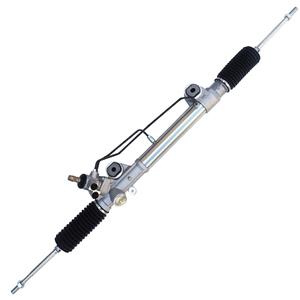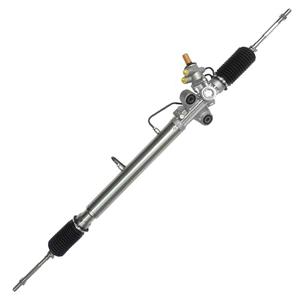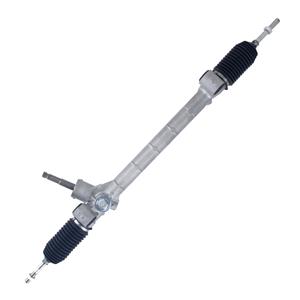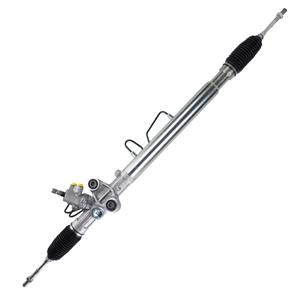-
Steering power reduction or failure When the hydraulic oil deteriorates, the viscosity increases and the fluidity deteriorates, which will cause the working efficiency of the hydraulic pump to decrease, thereby weakening the hydraulic steering rack power.
-
Manual steering rack has a simple structure and low cost, but requires the driver to exert greater operating force; while hydraulic steering rack greatly reduces the driver's operating burden through the hydraulic power assist system, but the maintenance requirements are relatively complex and the control feel is slightly reduced.
-
There may be a variety of reasons why the hydraulic steering rack is not working. These reasons involve multiple components of the system, from the hydraulic pump, the oil pipe, to the hydraulic oil itself, which can be the source of the problem.
-
In some cases, the oil leakage problem of the hydraulic steering rack may be caused by the design defects of the vehicle itself. For example, the hydraulic steering system design of some models is not reasonable, resulting in excessive hydraulic oil pressure or excessive stress on the seals, thereby increasing the risk of oil leakage.
-
In hydraulic steering racks, the modulus of the rack and pinion is usually selected within a certain range to balance accuracy, strength and manufacturing cost. Generally speaking, rack and pinion with a modulus between 2 and 4 mm are more common.
-
When the rack and pinion are loose, the driver may feel that the steering wheel is abnormally loose. When the steering wheel is turned, the response of the vehicle becomes sluggish, and even more turning angles are required to cause the wheels to move.
-
A hydraulic steering rack is mainly composed of a rack, pinion, hydraulic cylinder, seal, hydraulic pump, reservoir, hydraulic lines, pressure relief valve and steering torque sensor. Each component plays an indispensable role in the steering process.
-
1. Parts cost Usually ranges from $200 to $1,000 2. Labor cost The labor cost of ordinary repair shops is relatively low, usually between $50 and $150 per hour. The labor cost of high-end 4S shops or specialized repair shops may be higher, reaching $150 to $300 per hour. 3. Other related expenses
-
The hydraulic steering rack can still work through mechanical transmission without assistance. The driver turns the steering wheel, and the mechanical transmission system transmits power to the steering rack to make the wheels turn.
-
Manual steering racks are significantly different in structure from hydraulic steering racks, so direct replacement is not always possible. Installing a manual steering rack may require modifications to the vehicle's suspension system and steering column to ensure compatibility between the two.




